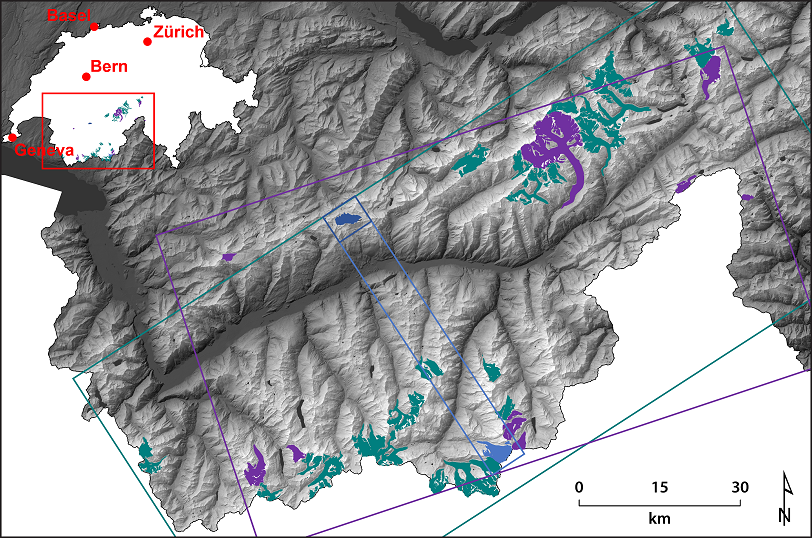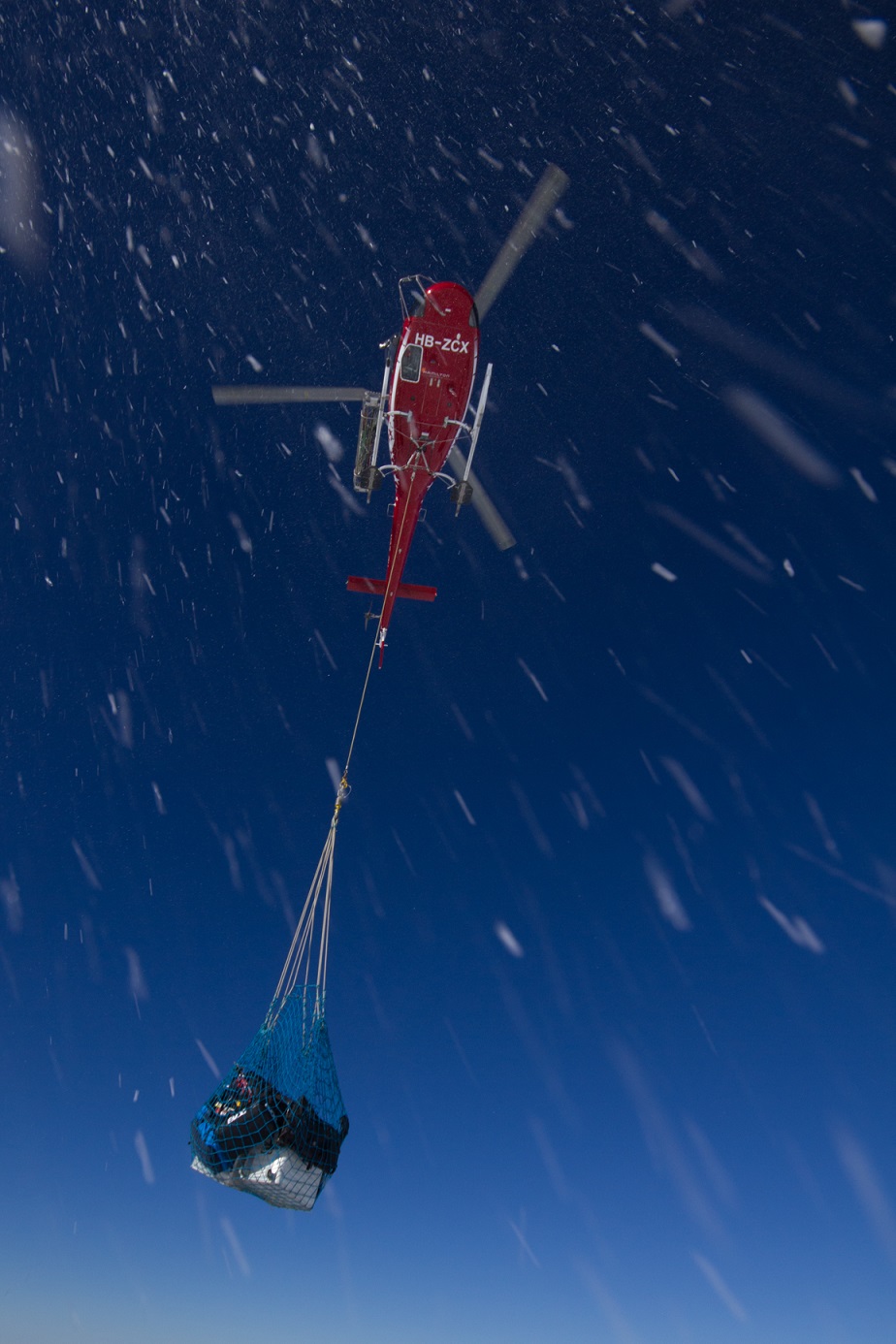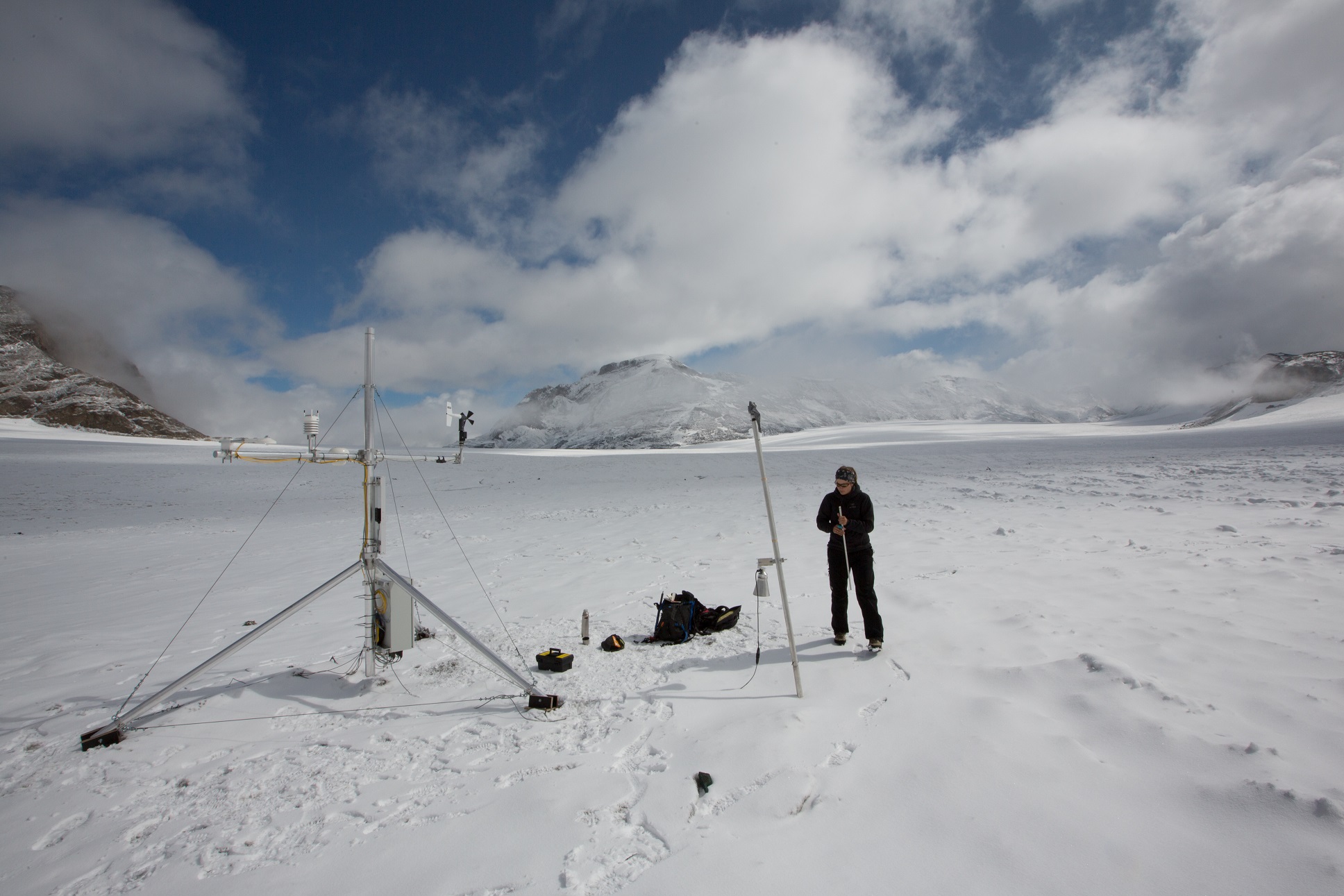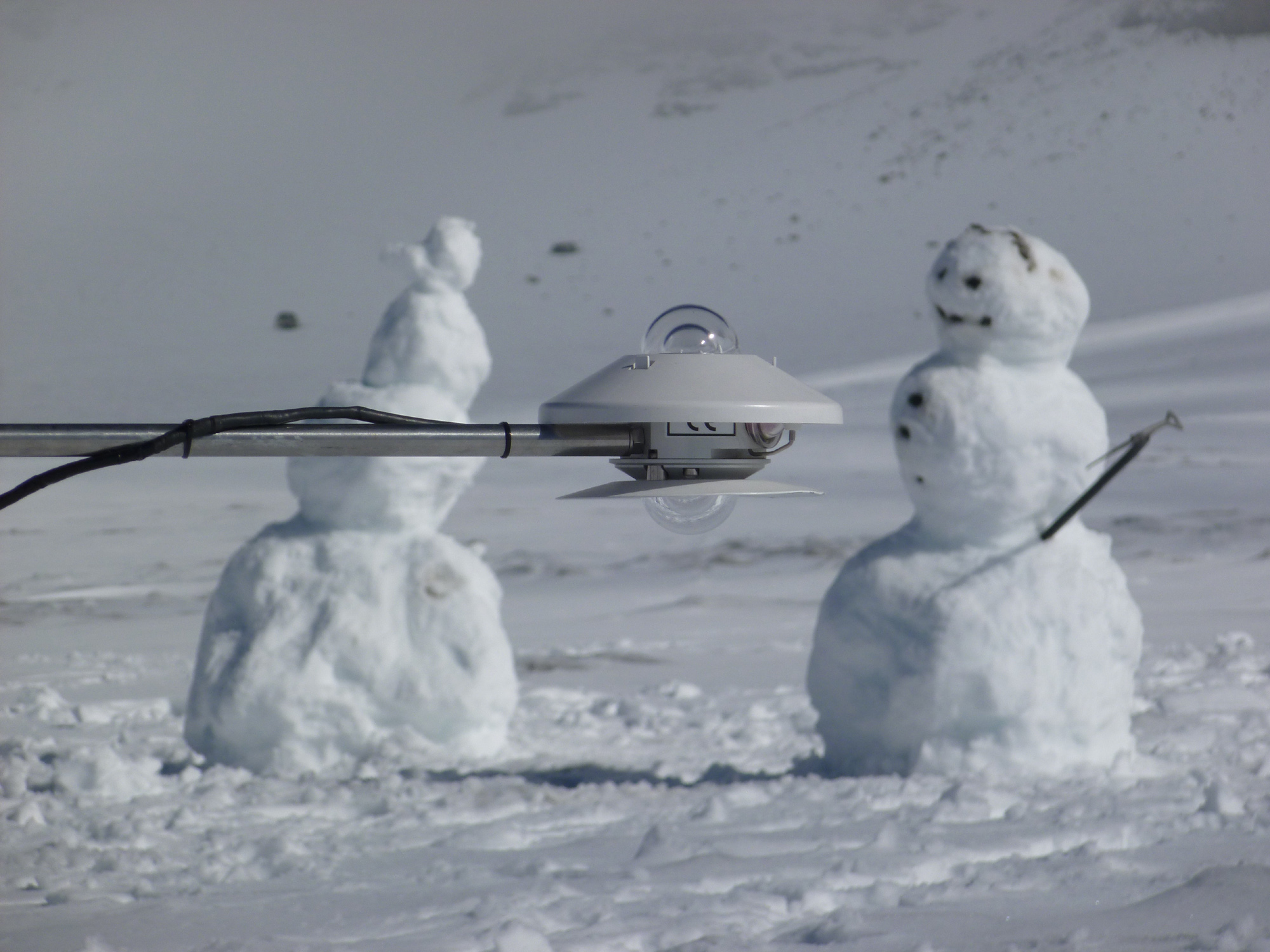State, change and impact of glacier surface albedo in the Swiss Alps
Project run time | Aug 13 – March 17
Project funding | State Secretariat for Education, Research and
Innovation (SBF) and ETH-Board as a Cooperation and Innovation Project (KIP)
initiated by the Swiss University Conference (SUK)
Collaborators at the University of Fribourg | K.
Naegeli, Dr M. Huss, Prof Dr M. Hoelzle
This project was conducted in the frame of my PhD thesis
Research questions
(1) What are the surface albedo values of a glacier and how are they spatially distributed? (State)
(2) How does glacier surface albedo change over time? (Changes)
(3) How is glacier
surface albedo altering glacier melt processes? (Impact)
Study sites

Overview of all studied glaciers in this thesis. The coloured frames mark the respective
publications of the thesis: dark blue = I, blue = II, teal = III and violet = IV
Summary
The spectral albedo of bare-ice dictates themagnitude of glacier ablation due to the dominance of shortwave radiation as a driver of melt processes. One of the major uncertainties in current and predictivemodelling of glacier melt in a globally warming climate is the pattern and evolution of bare-ice albedo due to the extending snow-free time period associated with lengthening summer seasons. Most numerical models hugely simplify the albedo parameter for bare glacier ice, with only a few accounting for spatial variations and almost none that consider time-dependent changes. Consequently, there is a strong need to better characterise and quantify the state, changes and impact of glacier surface albedo.
Glacier surfaces in the Swiss Alps are highly spatially and temporally variable, due to a heterogeneous pattern of surface types and properties. This variability is reflected in the distribution of albedo values, which itself varies greatly in space and time. While most Alpine glacier exhibit a bimodal albedo distribution by the end of summer due to their separation in ablation (low albedo values) and accumulation (high albedo values) area, individual glaciers can show a unimodal albedo distribution at the end of the ablation period due to a complete lack of snow. Thus, mean end-of summer glacier-wide surface albedo values range from around 0.2 to 0.55 depending on the individual glacier, the data basis and the acquisition thereof. On the long-term, only certain areas of glaciers (lowermost termini, along lateral margins) exhibit significant negative albedo trends. A darkening of bare-ice surface in the Swiss Alps is spatially restricted, yet present. Thus, the distinction of the spatial scale is crucial when analysing and comparing spatio-temporal albedo trends. An accurate representation of bare-ice albedo in glacier mass balance models due to this great spatio-temporal variability and a mass balance sensitivity of −0.14 m w.e. a-1 per 0.1 bare-ice albedo decrease is essential.
However, independent on the size, elevation range or other general characteristics of an individual glacier, the considered spatial scale, or the spectral and spatial resolution of the used dataset, the snap-shot uncertainty of air and spaceborne datasets causes a strong limitation of the obtained shortwave broadband albedo values and their temporal representation. A combined approach of in-situ measurements with high temporal resolution, e.g. from automatic weather stations, remotely sensed data and modelling is crucial to infer precise information about the spatio-temporal variability of glacier surface albedo.
The presented thesis demonstrates the spatial variability,
elaborates on the changes at varying temporal scales and highlights the
importance of surface albedo for glacier surface mass balance modelling in the
Swiss Alps.
Publications
(I) Naegeli, K., Huss, M., Damm, A., Schaepman, M., and Hoelzle, M.
Imaging spectroscopy to assess the composition of ice surface materials and
their impact on glacier mass balance. Remote Sensing of Environment,
168:388–402, 2015. ISSN 0034-4257. doi:10.1016/j.rse.2015.07.006.
(II) Naegeli, K., Damm, A., Huss, M., Wulf, H., Schaepman, M., and
Hoelzle, M. Cross-comparison of albedo products for glacier surfaces derived
from airborne and satellite (Sentinel-2 & Landsat 8) optical data. Remote
Sensing, 9(2) (110):1–22, 2017. doi:10.3390/rs9020110.
(III) Naegeli, K., Huss, M. and Hoelzle, M. (2019): Change detection of bare-ice albedo in the Swiss Alps. The Cryosphere, 13, 397-412. doi:10.5194/tc-13-397-2019
(IV)
Naegeli, K. and Huss, M. (2017). Mass balance sensitivity of mountain glaciers to changes in bare-ice albedo. Annals of Glaciology, No. 75, The Cryosphere in a Changing Climate.
doi: 10.1017/aog.2017.25




